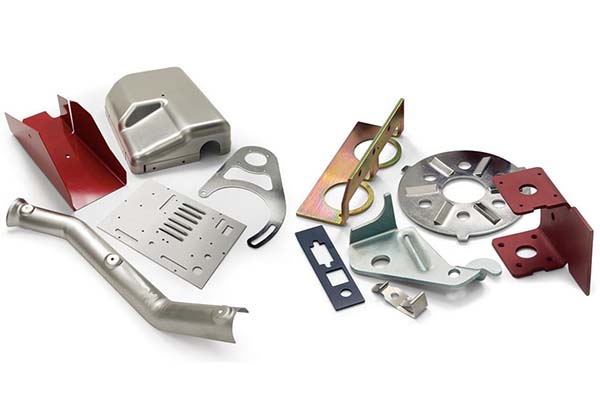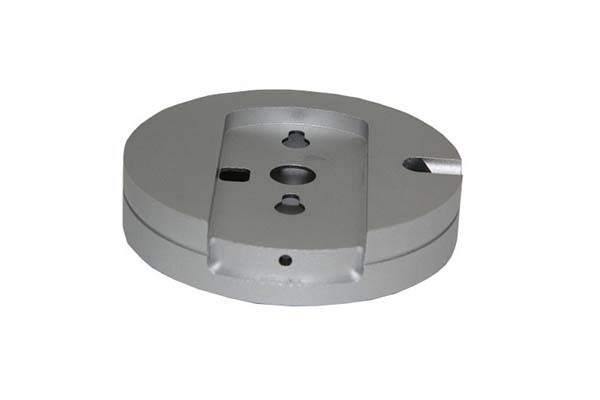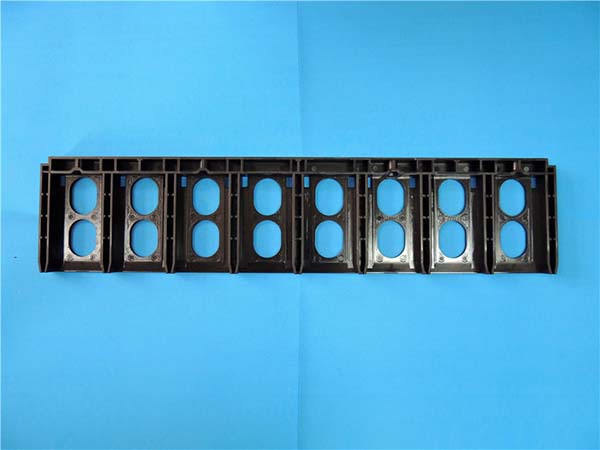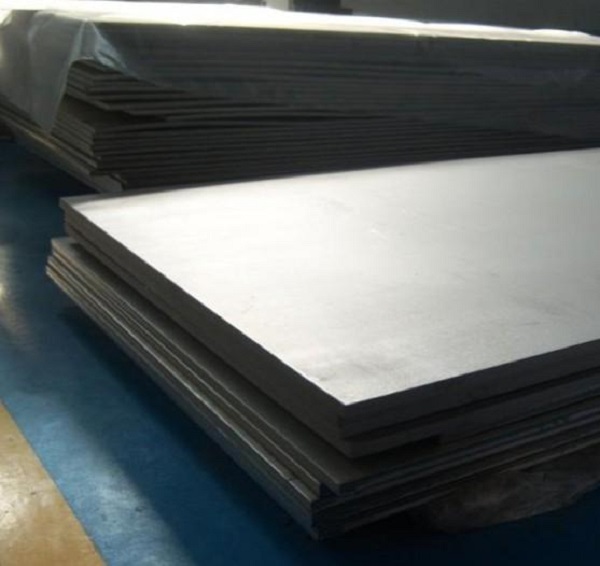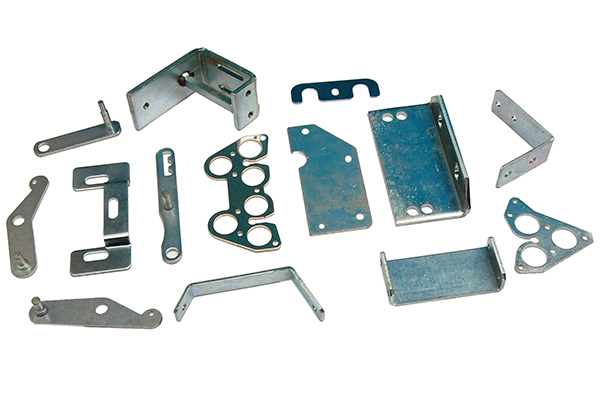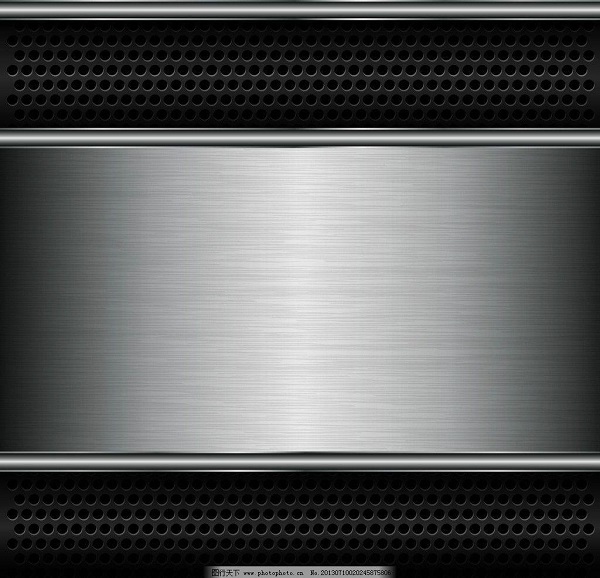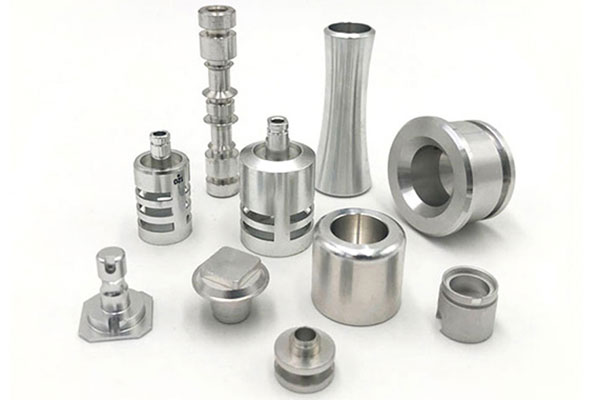Introduction
Welding sheet metal is a fundamental process in various industries, playing a crucial role in manufacturing everything from small electronic components to large - scale industrial equipment. It involves joining two or more pieces of sheet metal together using heat, pressure, or a combination of both. But how exactly does one ensure a high - quality weld? What are the best practices and common pitfalls? This article aims to answer these questions and more, providing you with a comprehensive guide to welding sheet metal.
Types of Welding for Sheet Metal
Arc Welding
Arc welding is one of the most common methods for sheet metal welding. It works by creating an electric arc between an electrode and the workpiece. This arc generates intense heat, melting the metal at the joint and fusing the sheets together.
MIG (Metal Inert Gas) Welding: In MIG welding, a continuous wire electrode is fed through a welding gun. An inert gas, such as argon or helium, is simultaneously released to protect the weld pool from oxidation. MIG welding is highly efficient and suitable for high - volume production. For example, in the manufacturing of automotive body panels, MIG welding can quickly join large sheets of steel. It has a high deposition rate, which means it can fill the weld joint with metal rapidly. However, it may produce more spatter compared to some other methods, and the equipment can be relatively expensive.
TIG (Tungsten Inert Gas) Welding: TIG welding uses a non - consumable tungsten electrode to create the arc. A separate filler metal may or may not be used. The inert gas also protects the weld area. TIG welding is known for its precision and ability to produce high - quality, aesthetically pleasing welds. It is often used in applications where the appearance of the weld is crucial, such as in the production of jewelry or high - end stainless - steel products. But it is a slower process compared to MIG welding and requires a higher level of skill from the operator.
Laser Welding
Laser welding involves using a highly concentrated laser beam to heat and melt the sheet metal at the joint. The principle is based on the absorption of laser energy by the metal, which rapidly raises its temperature to the melting point.
Laser welding has significant advantages in high - precision and thin - sheet applications. For instance, in the electronics industry, when welding ultra - thin metal sheets for components like circuit boards, laser welding can achieve extremely small and precise welds. The heat - affected zone is very narrow, typically only a few hundred micrometers. This minimizes the risk of distortion in the sheet metal, which is crucial for maintaining the dimensional accuracy of the components. In addition, laser welding can be automated easily, making it suitable for high - volume, high - precision manufacturing processes. However, the equipment for laser welding is very expensive, and the process requires a clean environment to ensure the quality of the weld.
Resistance Welding
Resistance welding works by passing an electric current through the sheets of metal to be joined. The resistance of the metal to the current flow generates heat at the interface between the sheets. This heat melts the metal, and with the application of pressure, the sheets are welded together.
In the automotive industry, resistance welding is extensively used for welding sheet metal parts. For example, in the assembly of car bodies, numerous spot welds are made using resistance spot welding. It is a fast process, with each spot weld taking only a fraction of a second to complete. This high - speed operation is suitable for the high - volume production requirements of the automotive industry. Resistance welding also requires less post - weld processing as the welds are usually clean and do not require additional finishing in many cases. However, it requires specialized equipment and proper control of the electrical parameters to ensure consistent weld quality.
Factors Affecting Welding Quality
Material Properties
The properties of the sheet metal materials have a significant impact on the welding quality. Different metals have different melting points, thermal conductivities, and chemical compositions, which can affect the welding process. For example, aluminum has a relatively low melting point of about 660°C and a high thermal conductivity. This means that when welding aluminum sheet metal, it is more likely to be distorted due to rapid heat dissipation. On the other hand, stainless steel has a higher melting point and better corrosion - resistance, but it may be more prone to cracking during welding if not properly processed.
Here is a table showing the welding characteristics of some common sheet metals:
| Metal Type | Melting Point (°C) | Welding Difficulty | Common Welding Defects |
| Mild Steel | 1370 - 1530 | Low - Medium | Porosity, lack of fusion |
| Aluminum Alloy | 550 - 660 | Medium - High | Porosity, distortion, hot cracking |
| Stainless Steel | 1400 - 1450 | Medium | Cracking, porosity |
| Copper | 1083 | High | High thermal conductivity makes heat control difficult, porosity |
Welding Parameters
Welding parameters play a crucial role in determining the quality of the weld.
Welding Current: The welding current directly affects the heat input and the penetration depth of the weld. For example, in MIG welding of 1 - mm thick mild steel sheet, a suitable current range is usually around 80 - 120A. If the current is too low, the weld may not be fully penetrated, resulting in weak joints. If the current is too high, it can cause excessive melting, burn - through, and large amounts of spatter.
Welding Voltage: The voltage affects the arc length and the stability of the welding process. A proper voltage ensures a stable arc. For the same 1 - mm mild steel sheet in MIG welding, the voltage is typically set between 18 - 22V. A too - low voltage may lead to an unstable arc, while a too - high voltage can cause the weld bead to be too wide and the penetration to be insufficient.
Welding Speed: Welding speed influences the amount of heat input per unit length. When welding a 1 - mm mild steel sheet, a welding speed of about 20 - 30 cm/min is often appropriate. If the speed is too fast, the weld may not be filled properly, leading to porosity and lack of fusion. If it is too slow, there will be excessive heat input, which can cause distortion and over - heating of the base metal.
Surface Preparation
Proper surface preparation before welding is essential for achieving high - quality welds. The surface of the sheet metal may have oxides, grease, dirt, or other contaminants. These can prevent the proper fusion of the metals and cause welding defects such as porosity, lack of fusion, and poor mechanical properties of the weld.
Before welding, the sheet metal should be thoroughly cleaned. This can be done through methods such as mechanical cleaning (e.g., grinding, sandblasting) to remove surface oxides and roughness the surface for better adhesion. Chemical cleaning with solvents can also be used to remove grease and other organic contaminants. For example, in the welding of aluminum sheet metal, it is crucial to remove the oxide layer on the surface. This oxide layer has a much higher melting point than aluminum itself and can prevent proper welding. By using a suitable surface treatment method, the quality and reliability of the weld can be significantly improved.
Yigu Technology's Viewpoint
As a non - standard plastic and metal products custom supplier, Yigu Technology deeply understands the significance of welding sheet metal in product manufacturing. We emphasize that choosing the right welding process according to the specific requirements of the product is the key. For example, when dealing with high - precision and small - scale products, laser welding can ensure both precision and quality.
In terms of quality control, we have a strict inspection system. Before welding, we conduct thorough material inspections and surface treatments. During the welding process, we closely monitor the welding parameters to ensure they are within the optimal range. After welding, we use various inspection methods, such as non - destructive testing, to detect any potential defects. Our goal is to provide customers with high - quality welded products that meet their exact needs and industry standards.
FAQ
Q1: What is the best welding method for thin - gauge sheet metal?
For thin - gauge sheet metal, laser welding and TIG welding are often considered the best methods. Laser welding can achieve extremely precise and small welds with a narrow heat - affected zone, minimizing distortion. TIG welding also allows for precise control, and it can produce high - quality, aesthetically pleasing welds. The non - consumable tungsten electrode in TIG welding provides better control over the heat input, which is crucial for thin - gauge sheet metal that can be easily damaged by excessive heat.
Q2: How can I prevent weld defects in sheet metal welding?
To prevent weld defects, several steps can be taken. First, ensure proper material preparation, including thorough cleaning to remove oxides, grease, and dirt. Second, accurately control the welding parameters such as current, voltage, and speed according to the material type and thickness. Third, use appropriate welding equipment and ensure it is well - maintained. Fourth, the welder should follow correct welding procedures and have sufficient skills and experience. For example, in MIG welding, adjusting the gas flow rate properly can prevent porosity by ensuring the weld pool is well - protected from oxidation.
Q3: Can different types of sheet metals be welded together?
Yes, different types of sheet metals can be welded together, but it is more challenging and requires careful consideration. Metals with similar melting points and chemical properties are more suitable for welding. For example, some steel alloys can be welded together relatively easily. However, when welding metals with significant differences, such as aluminum and steel, special techniques and filler metals may be needed. The differences in thermal expansion coefficients can cause stress and cracking in the weld joint, so proper pre - heating and post - welding heat treatment may be necessary to reduce these issues.
